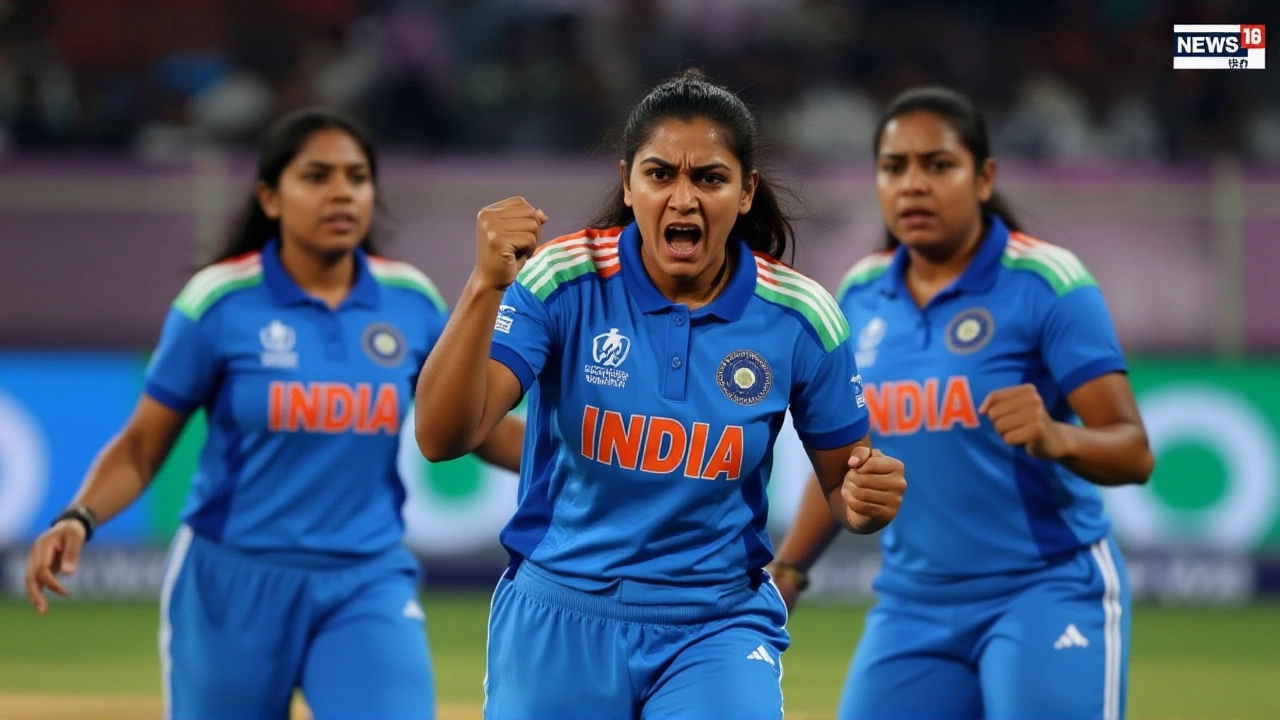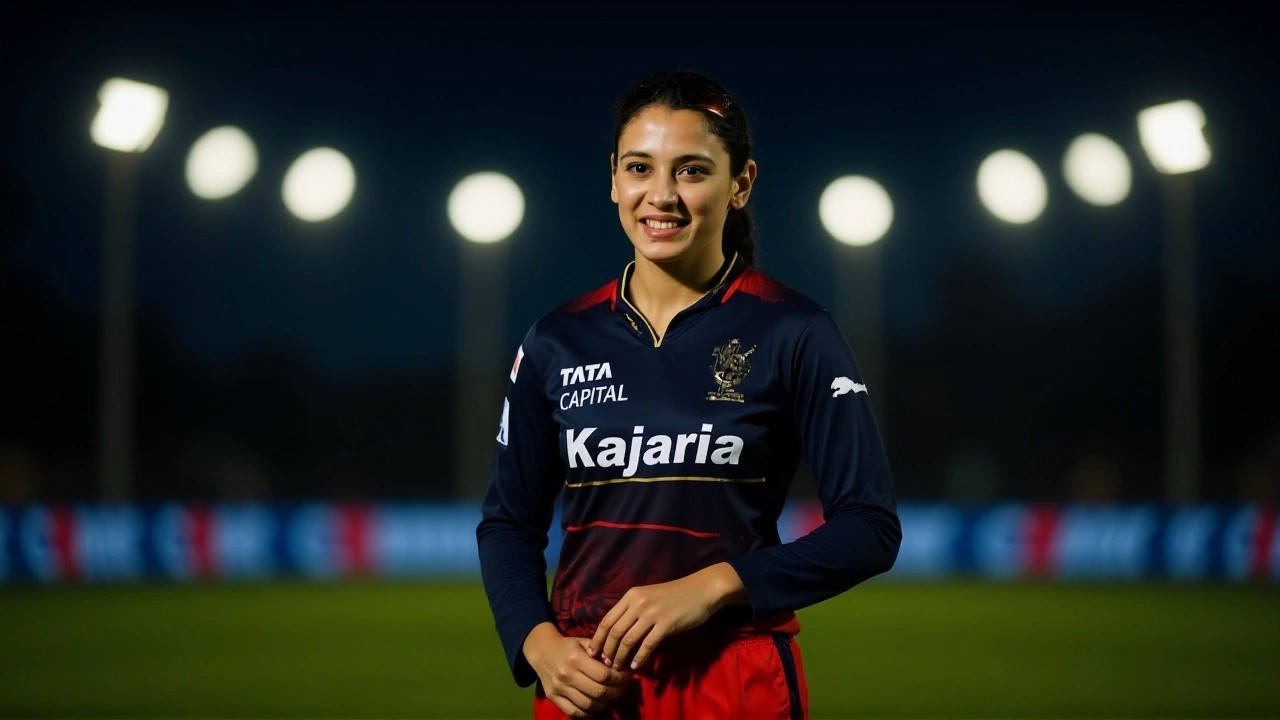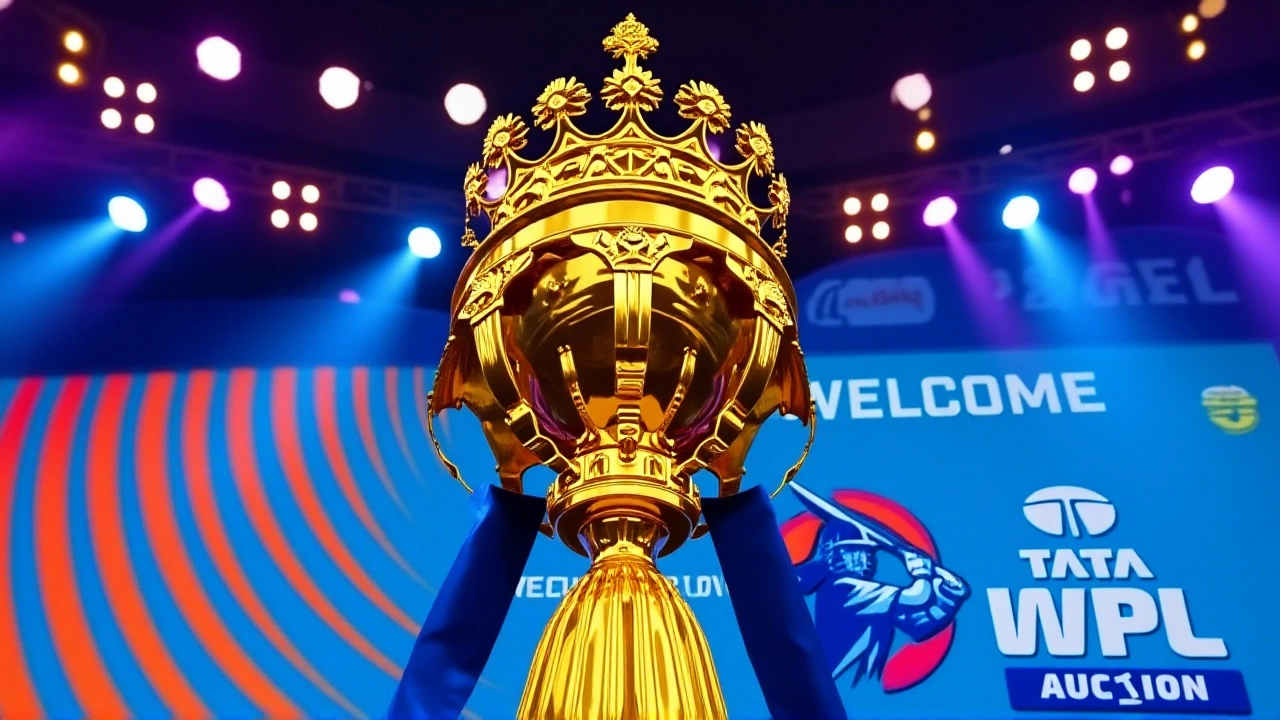
The Women’s Premier League (WPL) 2026 Players Auction Mumbai kicked off with a bang on Thursday, November 27, 2025 — and the first major shock came not from a foreign star, but from India’s own Deepti Sharma. The all-rounder, known for her spin and gritty lower-order batting, was snapped up by an undisclosed franchise for Rs 3.20 crore, just Rs 20 lakh shy of Smriti Mandhana’s record-breaking Rs 3.4 crore deal from 2023. It wasn’t just a big number — it was a statement. In a league where international names often dominate the headlines, Deepti’s price tag proved Indian talent isn’t just valued — it’s now the benchmark.
Who’s Buying What? The Franchise Strategies Unfold
The auction wasn’t just about who got bought — it was about who had the power to buy. UP Warriorz walked in with the most ammunition: the largest purse, four Right-to-Match (RTM) options, and only one retained player — uncapped batter Shweta Sehrawat. They weren’t just rebuilding; they were reimagining. Meanwhile, Mumbai Indians and Delhi Capitals both retained the maximum five players, leaving them with Rs 5.75 crore each. That’s a lot — but not unlimited. And then there was Royal Challengers Bangalore, sitting pretty with Rs 6.15 crore in hand, the fattest wallet in the room.Delhi Capitals, the three-time runners-up, made their first move early: landing South African opener Lizelle Lee for Rs 30 lakh. It wasn’t a splashy headline, but it was smart. Lee brings power-hitting stability — exactly what DC’s middle order has lacked since 2023. Meanwhile, RCB, fresh off their 2024 title win, kept their core intact: Smriti Mandhana, Richa Ghosh, Ellyse Perry, and Shreyanka Patil are all locked in. That’s a championship-caliber squad — now they just need depth.
The Spin Wars: Sophie Ecclestone Looms Large
Here’s the twist no one saw coming: the real auction war might not be for batters. It’s for spinners. Specifically, Sophie Ecclestone. The England left-arm spinner, who played for UP Warriorz in 2024, is now the most coveted player left on the board. Cricket analyst Chopra told reporters the bidding could go beyond Rs 2.5 crore — and UP Warriorz might use one of their four RTM options to match any offer. That’s the wild card. If they do, it’ll be the first time an RTM is used on an international player in WPL history. But DC and RCB are watching closely. Both need spin balance — and Ecclestone’s economy rate of 5.12 in WPL 2024 makes her a dream pick.Deepti Sharma’s price tag didn’t come out of nowhere. She was India’s most consistent all-rounder in the 2024 T20 World Cup — 18 wickets, 247 runs, and a strike rate of 130+ under pressure. Her value isn’t just in stats — it’s in leadership. She’s captained India in crunch games. Teams aren’t just buying a player; they’re buying a match-winner who can anchor a team when things fall apart.

Why This Auction Feels Different
Past WPL auctions felt like auctions. This one feels like a chess match. Every rupee matters. Every RTM option is a loaded gun. The franchises aren’t just filling slots — they’re building dynasties. UP Warriorz could become the new powerhouse if they land Ecclestone, Deepti, and a couple of uncapped Indian gems. RCB, with their massive purse and existing core, could dominate for another two years. And Delhi Capitals? They’re quietly assembling a team that could finally break their final-four curse.Historically, WPL auctions have been dominated by overseas stars. But this year? Indian players accounted for the top three signings. Deepti Sharma at Rs 3.20 crore. Harmanpreet Kaur — retained at Rs 2.8 crore. Richa Ghosh — retained at Rs 2.2 crore. That’s not a trend. That’s a revolution. The Indian domestic player isn’t a supporting act anymore. She’s the lead.

What’s Next? The Road to WPL 2026
The auction ends tonight, but the real work begins now. Franchises have 72 hours to finalize their 15-player squads, sign support staff, and lock in training schedules. The WPL 2026 season is set to begin in late February — just five months from now. That’s tight. But with the level of investment this year, every team will be ready. Expect faster games, more aggressive batting, and spinners who can strangle the middle overs.And here’s the quiet truth: this auction didn’t just reshape teams — it reshaped expectations. For the first time, a woman’s salary in Indian cricket isn’t being measured against men’s IPL prices. It’s being measured against her own legacy. Deepti Sharma didn’t just get paid — she redefined what’s possible.
Frequently Asked Questions
Why was Deepti Sharma valued so highly in the WPL 2026 auction?
Deepti Sharma’s Rs 3.20 crore price tag reflects her dual threat as a left-arm spinner and aggressive all-rounder. She took 18 wickets and scored 247 runs in the 2024 T20 World Cup, often anchoring India’s middle overs under pressure. Her leadership as stand-in captain in high-stakes games, combined with her consistency across formats, made her the most valuable domestic player available — surpassing even some international stars in perceived impact.
How did UP Warriorz enter the auction with such a strong position?
UP Warriorz retained only Shweta Sehrawat, one of the few uncapped Indian players, giving them four Right-to-Match options and the largest purse among all franchises. This strategic minimalism allowed them maximum flexibility to chase top-tier international players like Sophie Ecclestone or rebuild with young Indian talent. Their approach signals a full-scale rebuild aimed at challenging RCB’s dominance.
What’s the significance of Lizelle Lee joining Delhi Capitals?
Lizelle Lee’s signing for Rs 30 lakh was a low-risk, high-reward move. The South African opener has a career strike rate of 142 in T20s and has consistently opened for teams like the Perth Scorchers. DC’s batting collapsed in the 2024 playoffs — Lee’s ability to score quickly in the powerplay could be the missing piece that finally gets them past the final four. Her price is a fraction of what overseas stars usually command, making it a steal.
Could Sophie Ecclestone be the next record-breaking signing?
Yes — and UP Warriorz have the tools to make it happen. Ecclestone’s economy rate of 5.12 in WPL 2024 was the lowest among all bowlers with 15+ overs. With four RTM options and a deep purse, UP could match any bid above Rs 2.5 crore. If they do, she’ll surpass Deepti Sharma’s price, becoming the most expensive female cricketer ever bought in WPL history — and potentially the first international player to be RTM’d.
How does this auction compare to previous WPL editions?
WPL 2026 marks a turning point: Indian players now dominate the top valuations. In 2023, only one Indian made the top five signings. In 2026, Deepti Sharma, Harmanpreet Kaur, and Richa Ghosh took the top three spots. Overseas stars are still valuable, but teams are betting on Indian talent’s consistency and familiarity with domestic conditions. This isn’t just a shift — it’s the maturation of women’s cricket in India.
What impact will this have on women’s cricket in India?
The financial surge in WPL 2026 signals that women’s cricket is no longer a side project — it’s a professional pathway. With top Indian players now earning over Rs 3 crore, grassroots talent will see a clear incentive to pursue cricket full-time. This could accelerate the development of domestic leagues, increase media coverage, and pressure BCCI to match these salaries in national contracts — potentially closing the gender pay gap in Indian cricket within five years.
Leave a comments